When it comes to luxury foods, caviar is often considered the epitome of decadence. While it has been enjoyed by connoisseurs for centuries, choosing the best caviar can be a daunting task, especially for beginners. This article aims to provide a comprehensive guide to help beginners navigate the world of caviar, ensuring that their first experience with this delicacy is nothing short of exceptional. 1. Understanding Caviar: Caviar refers to the salt-cured roe (eggs) of certain varieties of fish, with sturgeon being the most sought-after species. The quality and taste of caviar are influenced by factors such as the type of sturgeon, region, farming method, and processing techniques.
.
 Beginners should start by familiarizing themselves with the different types of caviar available, such as Beluga, Osetra, and Sevruga, each offering a unique flavor profile and texture. 2. Quality Indicators: To ensure the best possible caviar experience, beginners should look for a few key quality indicators. These include: a) Color: High-quality caviar should have consistent coloration, ranging from light to dark shades depending on the species. Avoid caviar with an unnatural or uneven color. b) Size: The size of caviar grains may vary, with larger grains typically being more expensive. However, beginners can start with smaller grains, which are often milder in flavor and more affordable.
Beginners should start by familiarizing themselves with the different types of caviar available, such as Beluga, Osetra, and Sevruga, each offering a unique flavor profile and texture. 2. Quality Indicators: To ensure the best possible caviar experience, beginners should look for a few key quality indicators. These include: a) Color: High-quality caviar should have consistent coloration, ranging from light to dark shades depending on the species. Avoid caviar with an unnatural or uneven color. b) Size: The size of caviar grains may vary, with larger grains typically being more expensive. However, beginners can start with smaller grains, which are often milder in flavor and more affordable.
..
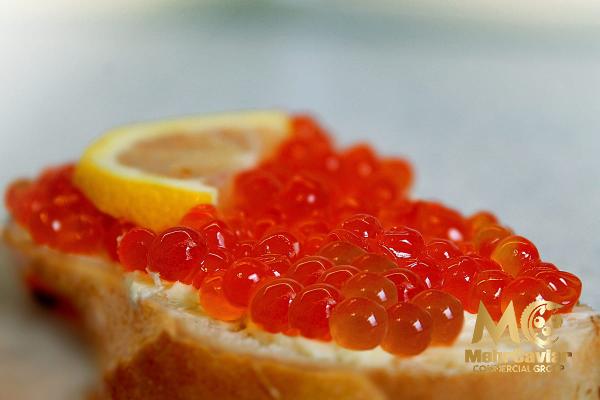 c) Freshness: Fresh caviar should have a clean, sea-like aroma. Avoid caviar that smells overly fishy or has a sour odor. d) Texture: Caviar should have a firm, yet bursting texture when gently pressed. Stale or low-quality caviar might feel mushy or overly soft. 3. Source and Sustainability: With the increasing demand for caviar, ensuring sustainable production methods is crucial. Beginners should give preference to caviar sourced from farms that practice responsible and sustainable aquaculture, reducing the impact on wild sturgeon populations. Look for certifications like ASC (Aquaculture Stewardship Council) or CITES (Convention on International Trade in Endangered Species) to ensure ethical sourcing. 4. Pairing Suggestions: Caviar can be enjoyed on its own or paired with various accompaniments. Beginners can try serving caviar with traditional accompaniments like blinis, sour cream, or toast points.
c) Freshness: Fresh caviar should have a clean, sea-like aroma. Avoid caviar that smells overly fishy or has a sour odor. d) Texture: Caviar should have a firm, yet bursting texture when gently pressed. Stale or low-quality caviar might feel mushy or overly soft. 3. Source and Sustainability: With the increasing demand for caviar, ensuring sustainable production methods is crucial. Beginners should give preference to caviar sourced from farms that practice responsible and sustainable aquaculture, reducing the impact on wild sturgeon populations. Look for certifications like ASC (Aquaculture Stewardship Council) or CITES (Convention on International Trade in Endangered Species) to ensure ethical sourcing. 4. Pairing Suggestions: Caviar can be enjoyed on its own or paired with various accompaniments. Beginners can try serving caviar with traditional accompaniments like blinis, sour cream, or toast points.
…
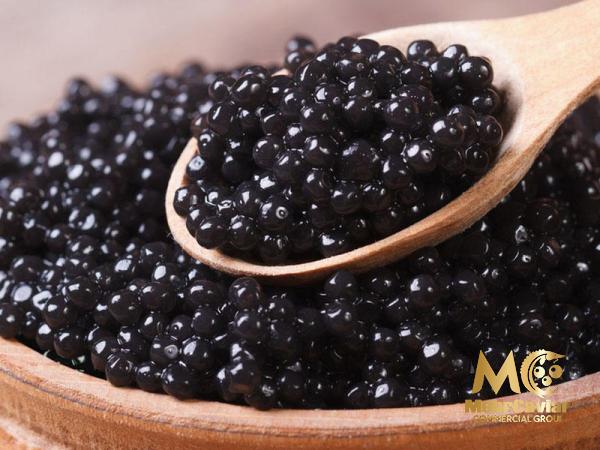 For a modern twist, experiment with different flavors such as lemon zest, chopped chives, or mini potato chips. Pairing caviar with a chilled glass of champagne or a crisp white wine can enhance the overall experience. 5. Considerations for Budget: Caviar is undoubtedly a luxury food, and prices can vary significantly depending on the type, origin, and rarity. Beginners on a budget can still enjoy the caviar experience by opting for smaller taster portions or choosing a more affordable caviar variety like trout or salmon. As your knowledge and appreciation for caviar grow, you can gradually explore more exclusive options. Conclusion: Choosing the best caviar for beginners involves understanding the different types available, determining quality indicators, considering sustainability aspects, and exploring pairing possibilities. With this comprehensive guide, beginners can confidently embark on their caviar journey, savoring the delicate pearls of the sea and creating memorable culinary experiences.
For a modern twist, experiment with different flavors such as lemon zest, chopped chives, or mini potato chips. Pairing caviar with a chilled glass of champagne or a crisp white wine can enhance the overall experience. 5. Considerations for Budget: Caviar is undoubtedly a luxury food, and prices can vary significantly depending on the type, origin, and rarity. Beginners on a budget can still enjoy the caviar experience by opting for smaller taster portions or choosing a more affordable caviar variety like trout or salmon. As your knowledge and appreciation for caviar grow, you can gradually explore more exclusive options. Conclusion: Choosing the best caviar for beginners involves understanding the different types available, determining quality indicators, considering sustainability aspects, and exploring pairing possibilities. With this comprehensive guide, beginners can confidently embark on their caviar journey, savoring the delicate pearls of the sea and creating memorable culinary experiences.

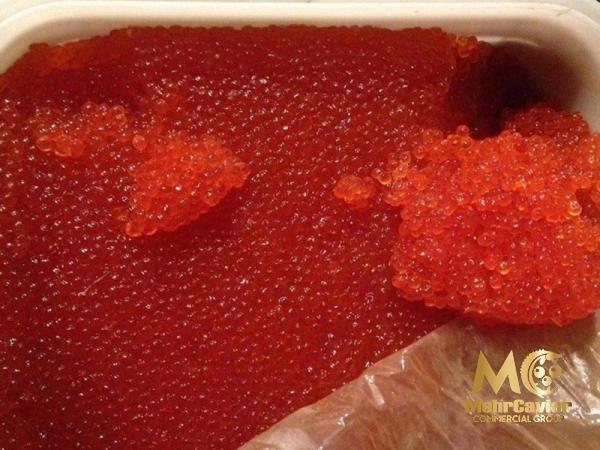
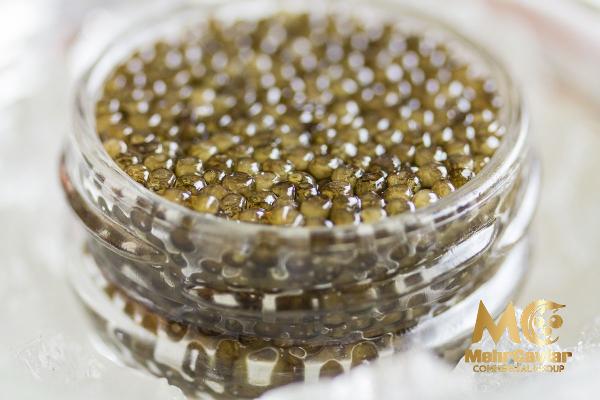




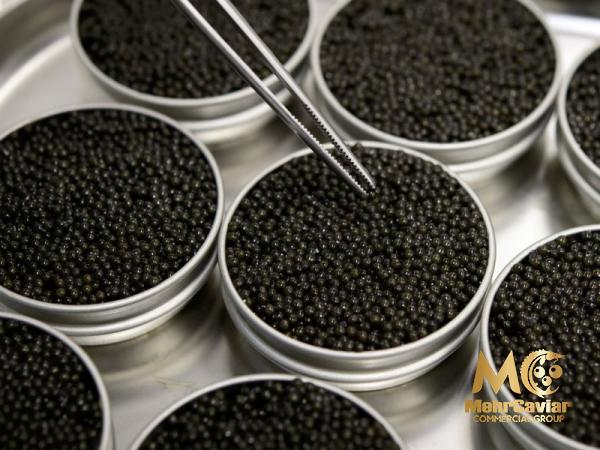
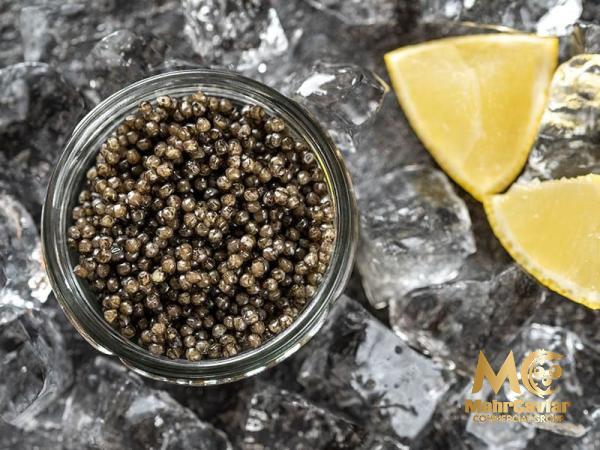
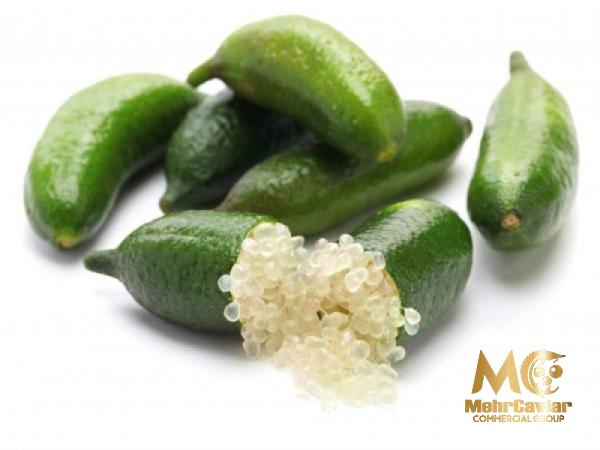
Your comment submitted.